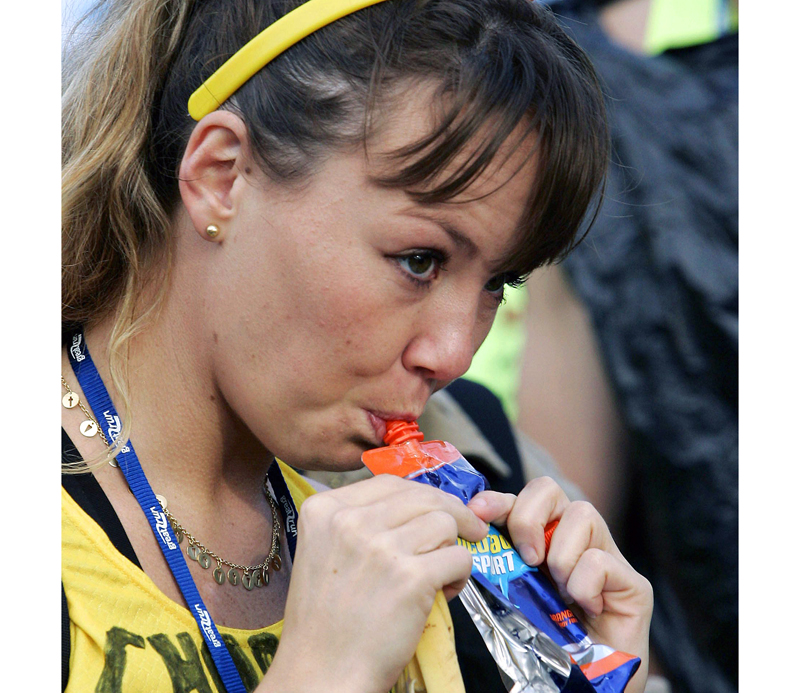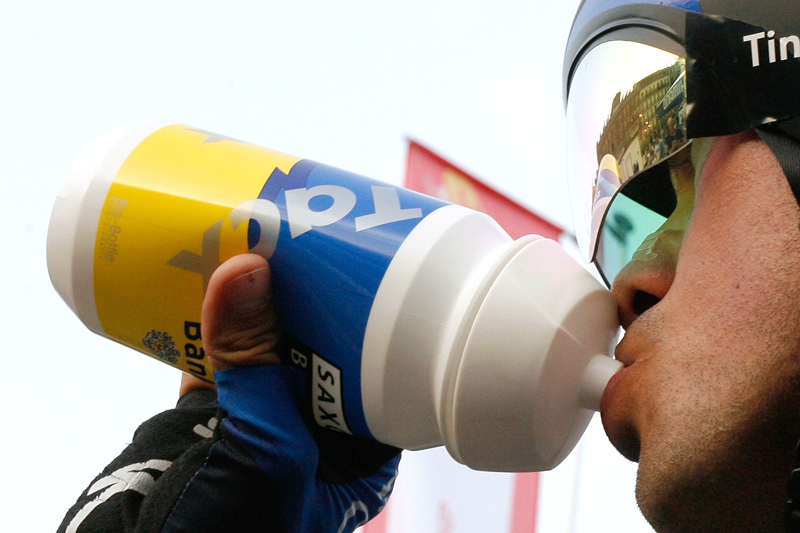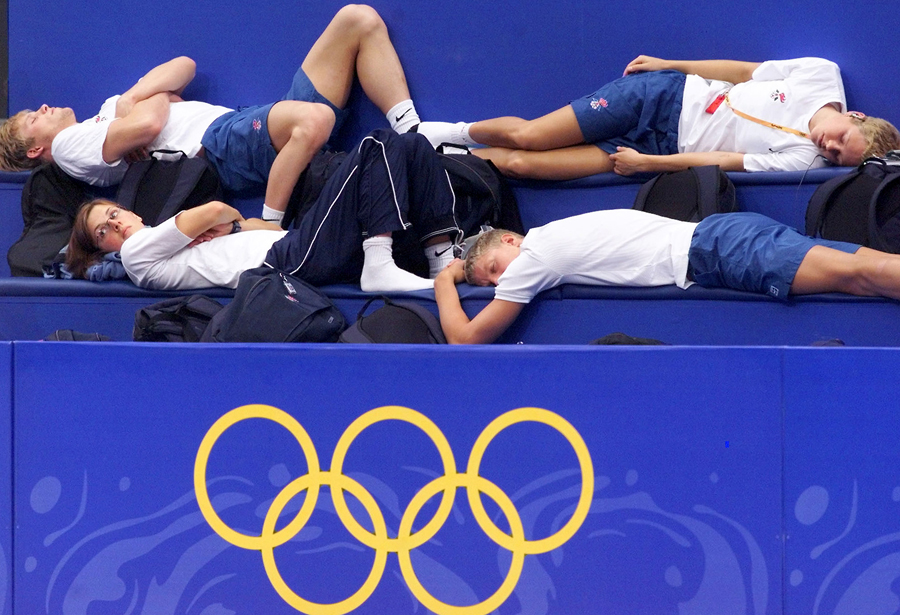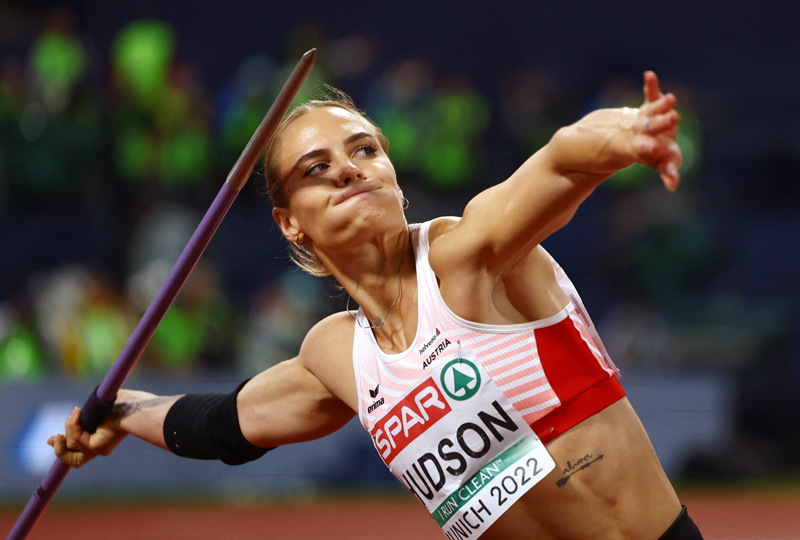Sports drinks: recovering from exercise with hypotonic drinks, isotonic drinks and hypertonic drinks
The importance of post-exercise rehydration
Athletes at all levels often train more than once a day, which means they need to be able to make a rapid recovery between sessions. Most people who take their training seriously are now aware that ingestion of fluids is crucial to maintaining performance and aiding recovery. But the choice of drink can be critical. So which is best, plain water or a specially-formulated sports drink? To answer that question we need to understand how water is absorbed and used by the body. The rate at which your body absorbs water depends on a number of factors, one the the most important being the composition of the fluid ingested. It is the concentration of particles such as carbohydrate, sodium and, to a lesser extent, potassium that dictates the rate of absorption in the small intestine. As a rule, the higher the carbohydrate content of a drink the slower the rate of fluid uptake.
Your choice of carbohydrate content would depend on whether your primary aim was rehydration or the replenishment of energy stores. Immediately before exercise rehydration to maintain fluid balance would be a priority - especially in a hot and/or humid environment, where sweat loss would be high. In this instance plain water or a drink which is less concentrated than body fluids (hypotonic) will lead to the most rapid fluid uptake.
However, after exercise replacing lost fluids is not the only factor to consider when attempting to re-establish fluid balance. Restoring electrolytes such as sodium lost during exercise is important if fluid balance is to be maintained once re-established. Water and some specially-formulated drinks that contain little or no sodium will allow adequate levels of hydration to be maintained after exercise only for relatively short periods. This is because ingesting large volumes of plain water or drinks with no electrolyte content over a short period results in a rise in plasma volume and a fall in the sodium concentration and 'osmolality' of the blood, making it more dilute. This dilution can lead to an increase in urine production, leading to a loss of body fluids which counteract the effects of rehydration. In addition, the fall in plasma osmolality and sodium concentration can reduce the drive to drink, which again works against complete rehydration. The logical conclusion must be that where sweat rates are high and losses of body fluids likely to be substantial, a drink with no sodium content may not be the best way to re-establish fluid balance and a specially-formulated sports drink may promote a more rapid recovery.
The three categories of sports drinks
If you opt for a sports drink, whether home-made or proprietary, you need to be aware that such drinks fall into three categories, which play different roles in the recovery process and therefore should be consumed at different times after exercise.
* Hypotonic drinks are dilute carbohydrate electrolyte solutions which are less concentrated than body fluids and are therefore rapidly absorbed by the body. They begin the rehydration process while simultaneously helping to replenish carbohydrate energy reserves. No proprietary versions of such drinks are currently available on the UK market since an Umbro product was withdrawn;
* Isotonic drinks have a similar carbohydrate electrolyte concentration to the body's own fluids. They are best used later in the recovery process to boost energy intake while still encouraging fluid uptake during the final stages of rehydration. Proprietary brands include Liquid Power, Isostar and Lucozade Sport;
* Hypertonic drinks are solutions with a higher carbohydrate electrolyte concentration than body fluids. In general these types of drinks contain large amounts of carbohydrate and are therefore best used as energy supplements during periods of heavy training, when energy expenditure is likely to be high. Again, no proprietary versions are available in the UK, although you can make an isotonic drink hypertonic by making it up in a more concentrated form. If you prefer to drink water alone after exercise, it is possible to achieve adequate rehydration if solid food which replaces lost electrolytes is consumed at the same time. If this is not possible, some form of electrolyte solution is essential.
This does not mean you should never drink water after exercise - just that you need to take account of your levels of fluid and electrolyte losses. Where losses are high and large volumes of fluid need to be consumed in a short period, it is important to consume sodium in combination with fluids if fluid balance is to be achieved and maintained.
Ian Carlton
You need to be logged in to continue reading.
Please register for limited access or take a 30-day risk-free trial of Sports Performance Bulletin to experience the full benefits of a subscription. TAKE A RISK-FREE TRIAL
TAKE A RISK-FREE TRIAL
Newsletter Sign Up
Testimonials
Dr. Alexandra Fandetti-Robin, Back & Body Chiropractic
Elspeth Cowell MSCh DpodM SRCh HCPC reg
William Hunter, Nuffield Health
Newsletter Sign Up
Coaches Testimonials
Dr. Alexandra Fandetti-Robin, Back & Body Chiropractic
Elspeth Cowell MSCh DpodM SRCh HCPC reg
William Hunter, Nuffield Health
Keep up with latest sports science research and apply it to maximize performance
Today you have the chance to join a group of athletes, and sports coaches/trainers who all have something special in common...
They use the latest research to improve performance for themselves and their clients - both athletes and sports teams - with help from global specialists in the fields of sports science, sports medicine and sports psychology.
They do this by reading Sports Performance Bulletin, an easy-to-digest but serious-minded journal dedicated to high performance sports. SPB offers a wealth of information and insight into the latest research, in an easily-accessible and understood format, along with a wealth of practical recommendations.
*includes 3 coaching manuals
Get Inspired
All the latest techniques and approaches
Sports Performance Bulletin helps dedicated endurance athletes improve their performance. Sense-checking the latest sports science research, and sourcing evidence and case studies to support findings, Sports Performance Bulletin turns proven insights into easily digestible practical advice. Supporting athletes, coaches and professionals who wish to ensure their guidance and programmes are kept right up to date and based on credible science.









